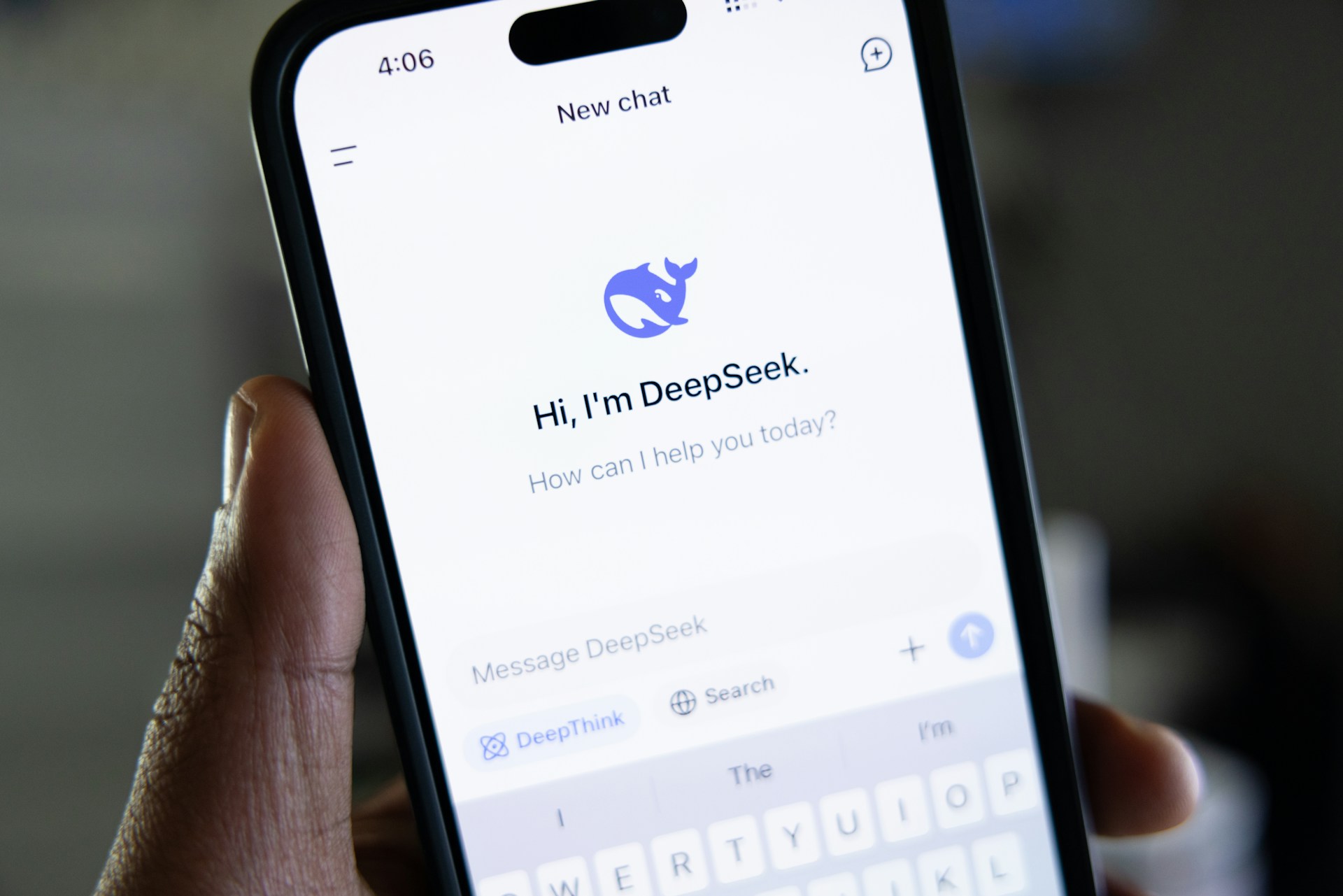
DeepSeek released an experimental artificial intelligence (AI) model on Monday that processes information for half the price by ignoring data it considers unimportant.
The Hangzhou-based startup’s V3.2-Exp model debuts a new technique called DeepSeek Sparse Attention that filters out information before processing. The technique is similar to an airline choosing the most direct flight path while skipping unnecessary stops. This selective approach slashes operating costs by 50 to 75 percent.
The technology arrives as companies worldwide struggle with expensive AI systems. Running these models requires massive computing power and energy.
“This is DeepSeek’s value prop all over: efficiency is becoming as important as raw power,” said Nick Patience, vice president and practice lead for AI at The Futurum Group.
DeepSeek’s system works differently from traditional AI models that examine every piece of data. The new architecture uses a “lightning indexer” to identify relevant excerpts from text. A second system then selects specific tokens from those excerpts to process.
The model handles documents up to 128,000 tokens long. That’s roughly equivalent to a 300-page book.
But this efficiency comes with risks.
“The reality is, they [sparse attention models] have lost a lot of nuances,” said Ekaterina Almasque, cofounder of BlankPage Capital. “And then the real question is, did they have the right mechanism to exclude not important data, or is there a mechanism excluding really important data, and then the outcome will be much less relevant?”
Edison Lee, an analyst at Jefferies, described the trade-off simply: “In simple terms, that means it sacrifices some accuracy of the output but tries to maintain a high level of intelligence.”
There is a general worry that the system might filter out critical information without human oversight. Medical diagnoses, legal documents, or financial analysis could suffer if the AI discards seemingly minor but crucial details.
DeepSeek maintains its experimental model, which performs as well as previous versions. Only minor differences in reasoning and tool-use capabilities show in benchmark tests.
The company designed the model to run on domestic chips from Huawei and Cambricon, thereby reducing its dependence on restricted American processors amid China’s semiconductor restrictions.
DeepSeek open-sourced the model on Hugging Face and ModelScope. The company describes V3.2-Exp as an “intermediate step toward our next-generation architecture.”
The release continues DeepSeek’s rapid development pace. The company launched its R1 model in January 2025, surprising Silicon Valley with its low training costs.


















